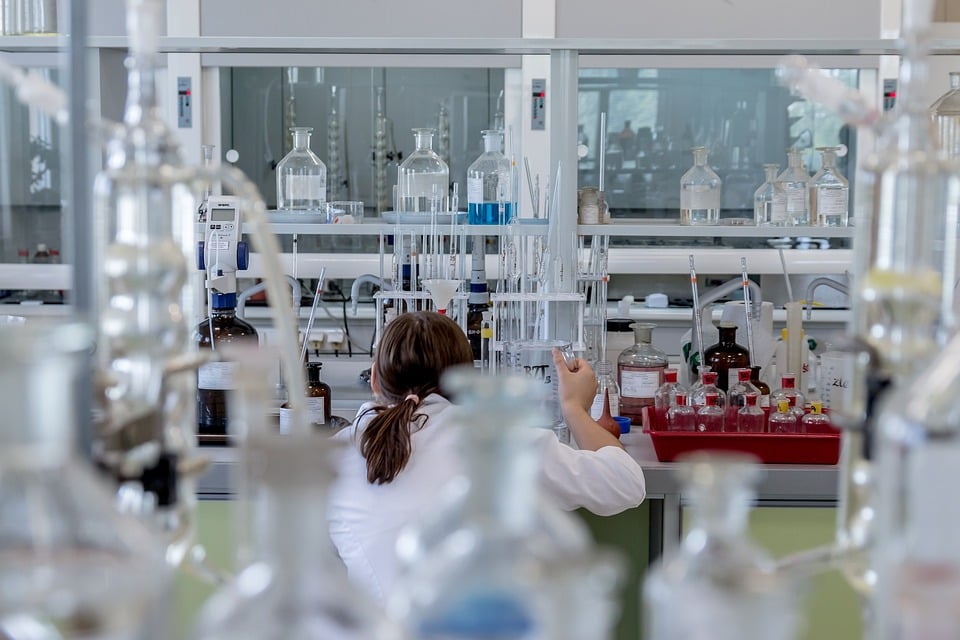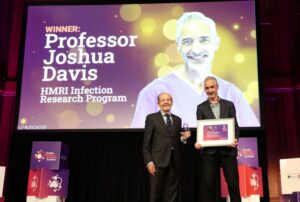
Researchers at UBC Okanagan have made a groundbreaking discovery in the field of natural product biotechnology by uncovering the process by which plants produce mitraphylline, a rare compound with potential cancer-fighting properties. This development marks a significant advancement in understanding how plants create spirooxindole alkaloids, a group of molecules known for their complex structures and potent biological effects.
Mitraphylline, found in trace amounts in tropical trees such as Mitragyna (kratom) and Uncaria (cat’s claw), has been difficult to study due to its scarcity. However, the research team led by Dr. Thu-Thuy Dang has identified the first plant enzyme capable of transforming a molecule into the spiro shape, a key step in the synthesis of these compounds. This discovery was further advanced by doctoral student Tuan-Anh Nguyen, who identified two enzymes responsible for configuring and twisting the molecule into mitraphylline.
Unraveling Nature’s Mysteries
The breakthrough at UBC Okanagan answers a long-standing question in the scientific community about the molecular steps plants use to create spirooxindoles. Dr. Dang, UBC Okanagan Principal’s Research Chair in Natural Products Biotechnology, likens this discovery to “finding the missing links in an assembly line,” providing a new method to replicate the natural process of building these complex molecules.
Natural compounds such as mitraphylline are often found in minimal quantities, making laboratory reproduction challenging and costly. By identifying the enzymes involved, researchers now possess a roadmap for sustainable production of mitraphylline and similar compounds, potentially revolutionizing the pharmaceutical industry.
Implications for Green Chemistry
Nguyen emphasizes the significance of this discovery, stating, “With this discovery, we have a green chemistry approach to accessing compounds with enormous pharmaceutical value.” He credits the collaborative research environment at UBC Okanagan for fostering this breakthrough, highlighting the close cooperation between students and faculty to address global challenges.
The project was a collaborative effort between Dr. Dang’s lab at UBC Okanagan and Dr. Satya Nadakuduti’s team at the University of Florida. It received support from Canada’s Natural Sciences and Engineering Research Council’s Alliance International Collaboration program, the Canada Foundation for Innovation, and the Michael Smith Health Research BC Scholar Program, as well as the United States Department of Agriculture’s National Institute of Food and Agriculture.
Future Directions and Global Impact
The discovery at UBC Okanagan not only enhances our understanding of plant biochemistry but also opens new avenues for developing therapeutic compounds. “We are proud of this discovery coming from UBC Okanagan. Plants are fantastic natural chemists,” Dr. Dang remarks. The research team plans to focus on adapting these molecular tools to create a broader range of therapeutic compounds, potentially benefiting patients worldwide.
This advancement in plant-based drug synthesis highlights the potential of harnessing nature’s chemistry for medical innovation. As researchers continue to explore the capabilities of plant enzymes, the implications for sustainable pharmaceutical production are vast, offering hope for more accessible and environmentally friendly drug development.




